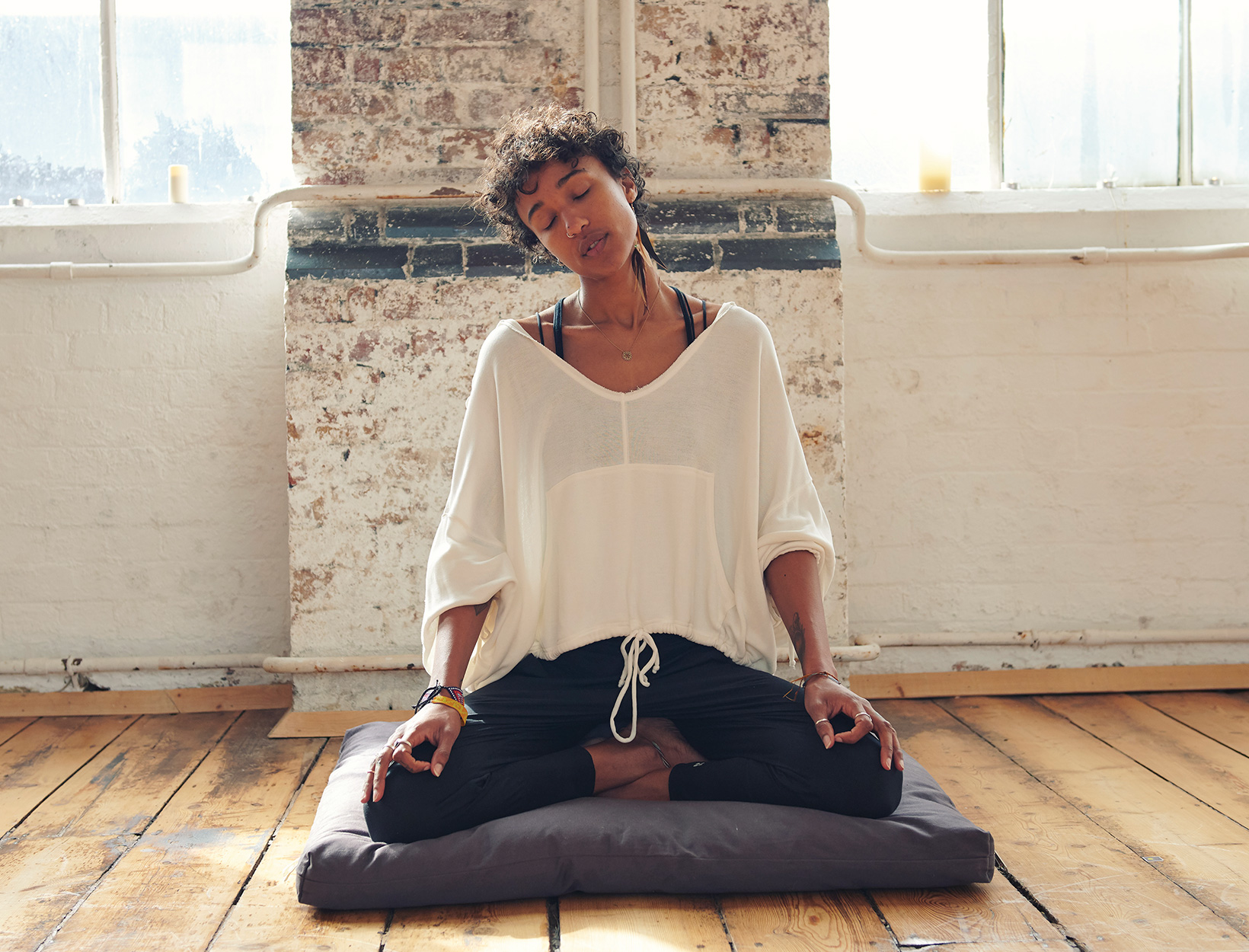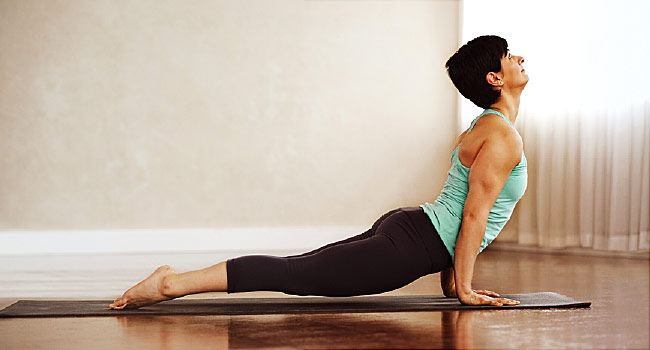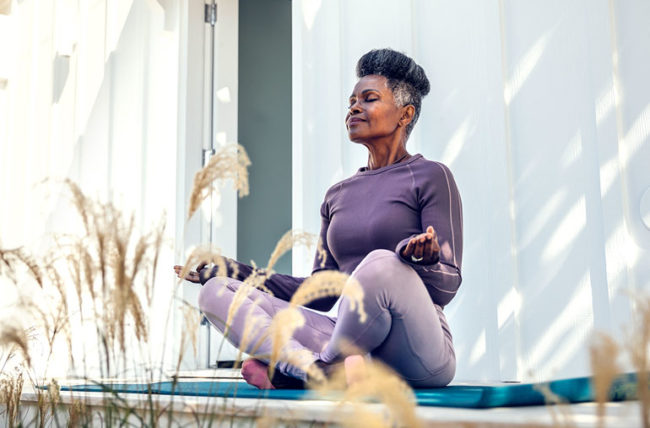What is mindfulness? Mindfulness is a state of deep awareness of what you are feeling and sensing at the present time, without judgment or interpretation. Mindfulness promotes healing is the intention of practicing mindfulness meditation. Practicing mindfulness includes deep breathing techniques, guided imagery, and various relaxing practices to calm the mind and relax the body. Practitioners call this type of exercise mindfulness. It does not mean that practitioners meditate only to relax but it does mean that the emphasis in practicing this form of exercise is on observing the present moment.
A recent article in the Mayo Clinic’s newsletter described three major factors that drive up stress levels in today’s society. One factor is anxiety. The second factor is depression; and the third is lack of social support from family and friends. According to the Mindfulness-Based Interventions for Managing Stress (MBI) at the Center for Mindfulness, University of Wisconsin Madison, the purpose of this new Mindfulness Based Interventions for Managing Stress (MBI) is to address these three concerns and promote healing. The Mindfulness-Based Intervention plan includes the use of dietary change, stress management tools and exercises, cognitive restructuring and other Mindfulness-related interventions.
Mindfulness meditation involves focused breathing practices, including diaphragmatic breathing, belly breathing, oxygen breathing, and a variety of other breathing techniques. Diaphragmatic breathing has been described as “the breath coming in through the nose and out through the mouth” and can be taught by anyone, anywhere. This practice can be used as an individual practice or as a tool for stress and anxiety reduction and healing. According to Dr. Miguel Delgado, director of the Mindfulness-based Interventions for Managing Stress (MBI) at the Center for Mindfulness, University of Wisconsin Madison, “stress management is a major component of the approach to health and wellness.” There are several ways to incorporate Mindfulness into daily life.
The movement was developed by a group of psychiatrists who were frustrated with the inattention and disturbed concentration of patients they were treating with psychotherapy. They wanted a more effective way to help their patients deal with the symptoms of anxiety and depression. The Mindfulness-Based Intervention plan they developed has proven to have effective treatment outcomes in patients with mood disorders and substance abuse problems. In their recent book, The Science of Getting More Breathing: A Guided Meditation CD, Dr. David A. Loewenstein and Jessica P. Nelson explain that through the Mindfulness-based interventions, “patient attention is broadened, patients’ thoughts and feelings are more thoroughly evaluated, and a greater sense of mindfulness is fostered.”
Another example of using Mindfulness to facilitate health and well-being is to think about something pleasurable and calming before it occurs. For instance, while driving in your car or while reading a book, focus on an object or sensation you wish to experience, such as a waterfall, a bird flying by, or a cup of coffee. While you are driving, breathe deeply and imagine the object or sensation as if it were real. This is the foundation of Mindfulness. Practitioners say that by thinking about things we tend to experience more pleasure and lessen the stress of the tension or worry we are feeling. It is always easy to fall into a state of mindfulness when you focus and pay attention to your sensations.
One other way to practice Mindfulness is to notice the difference between mindful moments of looking at the sky and moments of looking at a person lying on the street, driving their car, or merely participating in a task, such as paying the bills. When a person is performing an activity, such as sitting in class, they may find themselves watching their hands or their feet in motion while performing the activity. In this moment of mindful moments, it is easy to slip into being aware of all the sensations associated with that activity. But when a person is driving their car or walking for example, there is no escape from sensations – they have to become fully aware and respond to them in some way.






